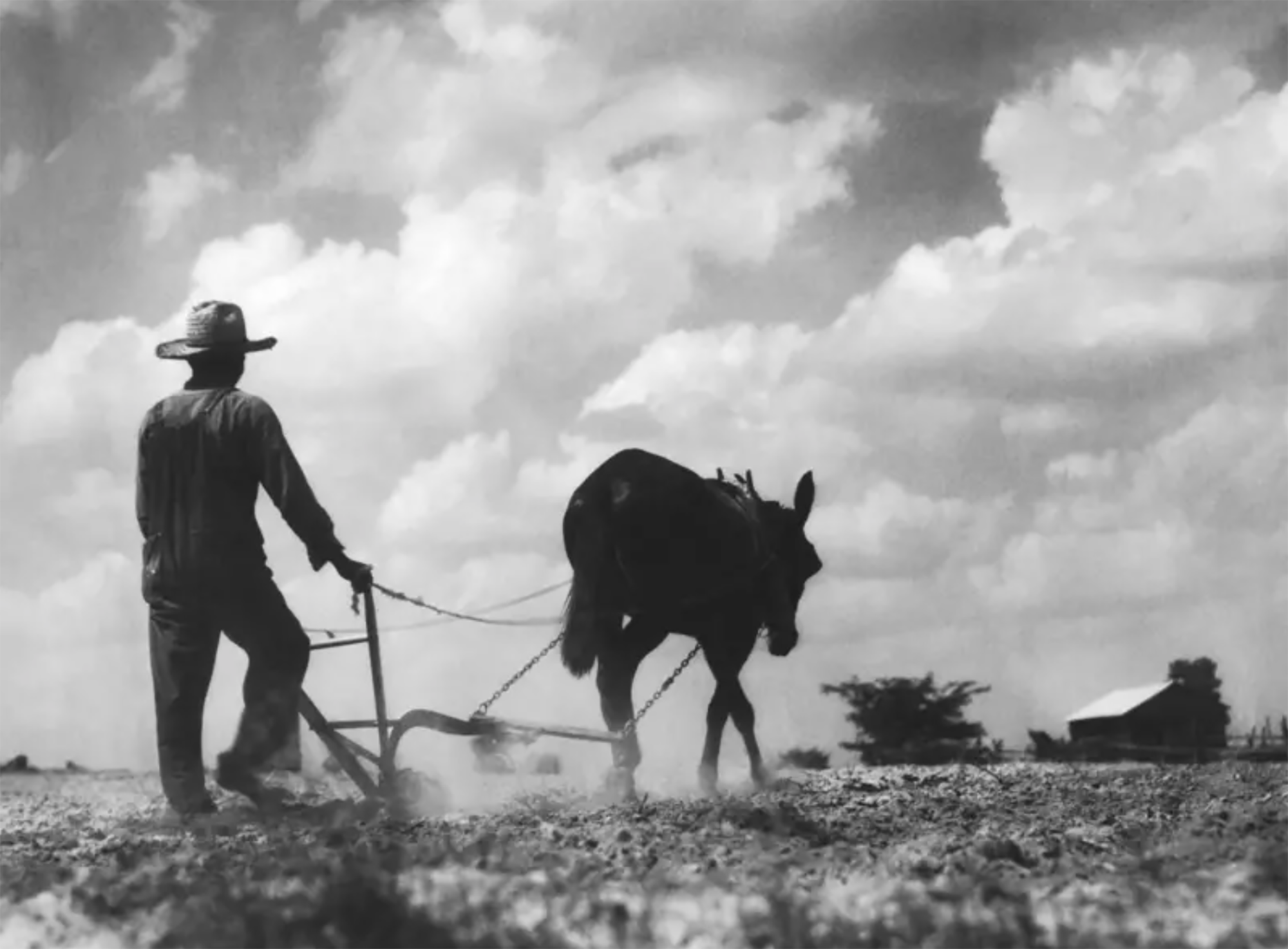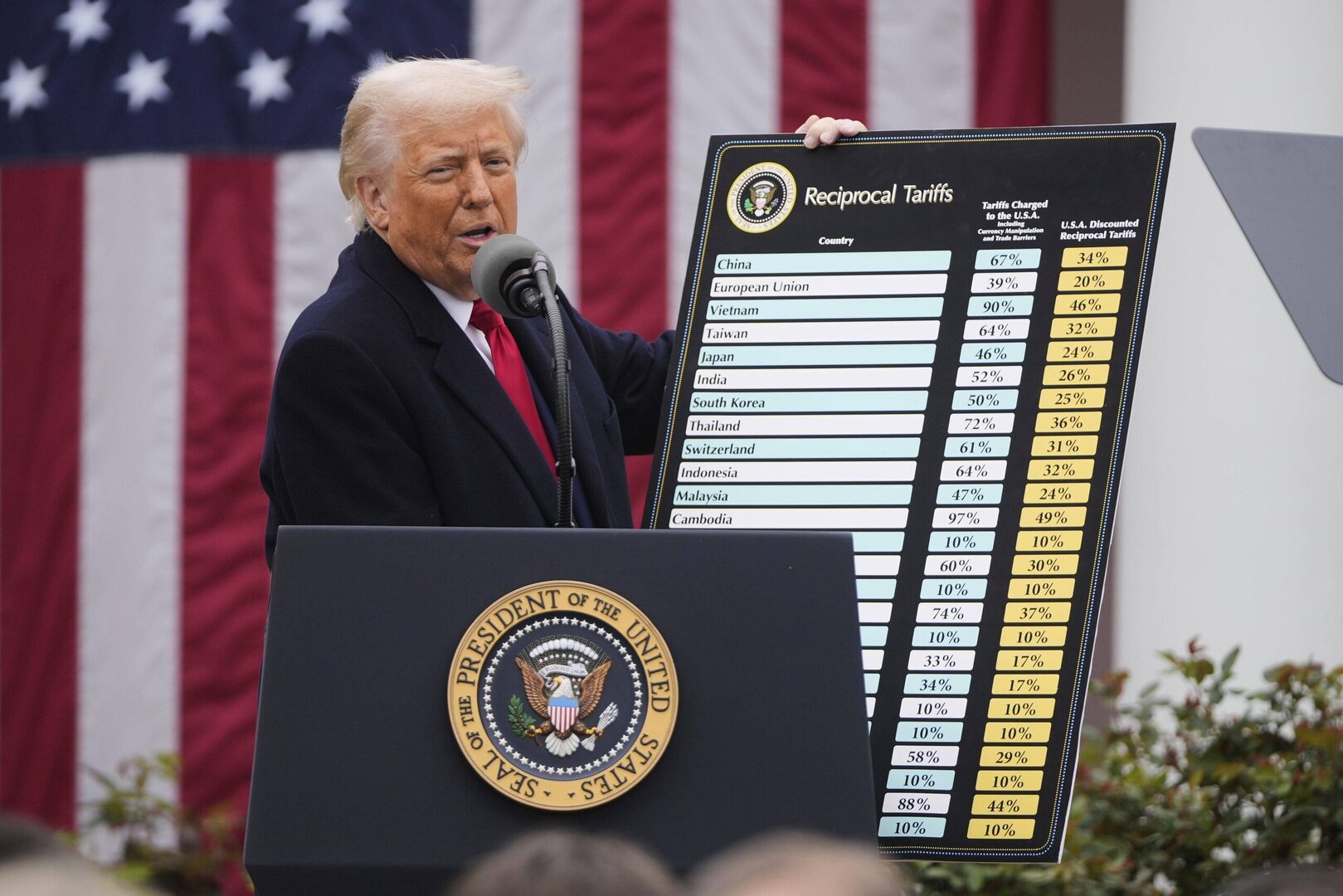Elections EE.UU. : what to look at in the middle of the information wave
- In the U.S. presidential elections, Donald Trump and Kamala Harris emerge as the most demanding list of the last decades. The vote will take place on Tuesday, 5 November. The results will start to be known in Euskal Herria from midnight; the official results, in December. Six keys to follow the results, in this article.

In recent decades, the US presidential election surveys have revealed a clear winner and, in many cases, even the right one. But not always: In 2016, it was not anticipated at all that the winner would be Republican Donald Trump. Then, yes, in 2020 Joe Biden’s victory was announced, but with a far smaller margin than in the previous year.
Now, read here and there, nobody seems to give the impression that it is decided at all; everyone says that Kamala Harris has received the "impulse", but without textually saying it he is the main candidate.
Details of the US presidential elections, as an explanation, point by point:
1/ Electoral system: "The winner wins everything"
The President of the United States is not elected in full by the largest number of votes, but because he has won in the system of schools in 50 states. Each state has a certain number of representatives, such as California with 54 representatives and Wyoming with three, distributed mainly according to the number of inhabitants, but also according to tradition or historical tradition.
It is an electoral system distributed by states: If one of the candidates wins by a single vote in California, it's the one that takes all the delegates, the 54 that California has. Although each and every one of the votes was received by a candidate, or the difference corresponded to him, it does not matter: 54 delegates for him. It's called the "Win/Receive All" system. That is why, every time there are elections, there is a debate there, through the organization of the system.
A total of 538 representatives will be elected. When the results are official, these representatives shall join together and vote in favour of the candidate they represent. That is the role of the representatives; in other words, they will not constitute a congress or senate – the Senate is renewed in three electoral periods.
In total, 538 representatives, so the winner of the elections will be the one who gets 270, and will be the president of the United States.
2/ What if there is a tie?
There is a possibility of a draw to 269, as the number of voters in general is even. In this case, a group called the House of Representatives would be set up with a representative from each state and one of the two would be voted in favour. Therefore, California, Wyoming and all states would have the same weight in that second vote, in which Iran is re-elected.
3/ In some States (supposedly) there are no doubts
The following states tend to be democrats: California, New York, New Jersey, Illinois, Hawaii, Oregon, Washington, Minnesota, Colorado, New Mexico, Massachusetts, Virginia, Maryland, Rhode Island, Connecticut, Columbia District, New Hampshire, Mveraint and Mont.
Republicans, for their part, have been: Texas, Florida, Ohio, Tennessee, Kentucky, Indiana, South Carolina, Missouri, Kansas, Louisiana, Alabama, North Dakota, South Dakota, Wyoming, Idaho, Iowa, Arkansas, Alaska, Oklahoma, West Misia, Montaá, Mumá,
That's usually how those states slide. If so in these elections, Democrats would already have 225 compromises, while Republicans would have 219.
4/ Decisive States, the remaining seven
Apart from those mentioned above, the battle will be fought in the remaining seven states. All eyes are placed on them.
Three of the seven may be included in a block: Pennsylvania (with 19 delegates), Michigan (15) and Wisconsin (10). Despite the fact that they have historically tended to vote in favour of Democrats, in 2016 it turned: the three voted in favour of Trump by just a few votes. But because the electoral system is like this, as explained earlier, all the representatives of these three states went to the Republicans.
In the midst of the economic and energy crisis, Trump put forward a proposal for fracking in the three states of the North that, in his view, would have been the revival of the economy and that was a success. Democrat Joe Biden recovered all three states in 2020, but by little as well.
In contrast to the previous three, two states of long republican tradition, Georgia (16) and Arizona (11), remained in the hands of Democrats four years ago. Some analysts say that in the last decade many Americans have emigrated there from other states, many young people, and that they have a tendency in favour of Democrats.
On the other hand, North Carolina (16 representatives) has almost always voted in favour of Republicans, except in the years of Obama and Carter, in 2008 and 1976. However, Democrats are getting closer. And the opposite happens precisely in Nevada (6 voters), where they voted for Democrats in six of the last eight elections, but Trump’s speech is expanding.
Finally, we must look at the second district (a representative) of the state of Nebraska. Along with Maine, the two states are the only ones that divide their representatives by district. In Nebraska, the vote in favour of Republicans is mainly expected, although everything points to the fact that Democrats could win in the second constituency. In the event of a tie, that single Nebraska representative can be the key.
5/ When will the results be known?
Each state has its way of acting, so there is often a lot of chaos when people wait for official data. In some states, the vote by post is delayed, resulting in a setback. Official data are kept in mid-December. Previously, we work with normally safe projections. The result will be announced officially on 6 January in Congress.
The first projections will be released in Euskal Herria from midnight.
6/ Latest New York Times poll
Last Sunday, November 3, the last pre-election survey of the Spanish State has been published. It's been done by the New York Times newspaper with Siena College.
Of the seven decisive states, Democrats and Kamala Harris would take six, so they would get 293 compromises, easily surpassing the 270 barrier. In any case, the difference is very low: in percent of votes, a one-point difference in Georgia and Pennsylvania, two points in North Carolina and Wisconsin, and three points in Nevada. According to this survey, of those seven decisive states, only Republicans and Donald Trump would win in Arizona, with a difference of four percentage points.
Professor Jeffrey Sachs of Columbia University is interviewed by Yanis Varoufakis on the DiEM25 movement’s YouTube channel. This explains that in international politics the United States of America plays poker, Russia plays chess and the Chinese play Go. The latter was... [+]
Washington, D.C., June 17, 1930. The U.S. Congress passed the Tariff Act. It is also known as the Smoot-Hawley Act because it was promoted by Senator Reed Smoot and Representative Willis Hawley.
The law raised import tax limits for about 900 products by 40% to 60% in order to... [+]
Bandera amerikanoz inguratuta, muga-zergen oldarraldi berria iragarri zion munduari Donald Trumpek apirilaren 2an. Geroztik hamaika astindu jasan dituzte burtsek eta nazioarteko merkataritzak. Baina hau ez da zoro baten boxeorako ringa bakarrik: AEBetako politikan hamarkada... [+]
If that's the fear. Donald Trump seems to have come to occupy Washington’s rounded office for a long time. He has a second mandate, but to his close advisers, confirming that he is not joking, he also mentions his rigid goal of changing some isolated numbers in the Constitution... [+]






















